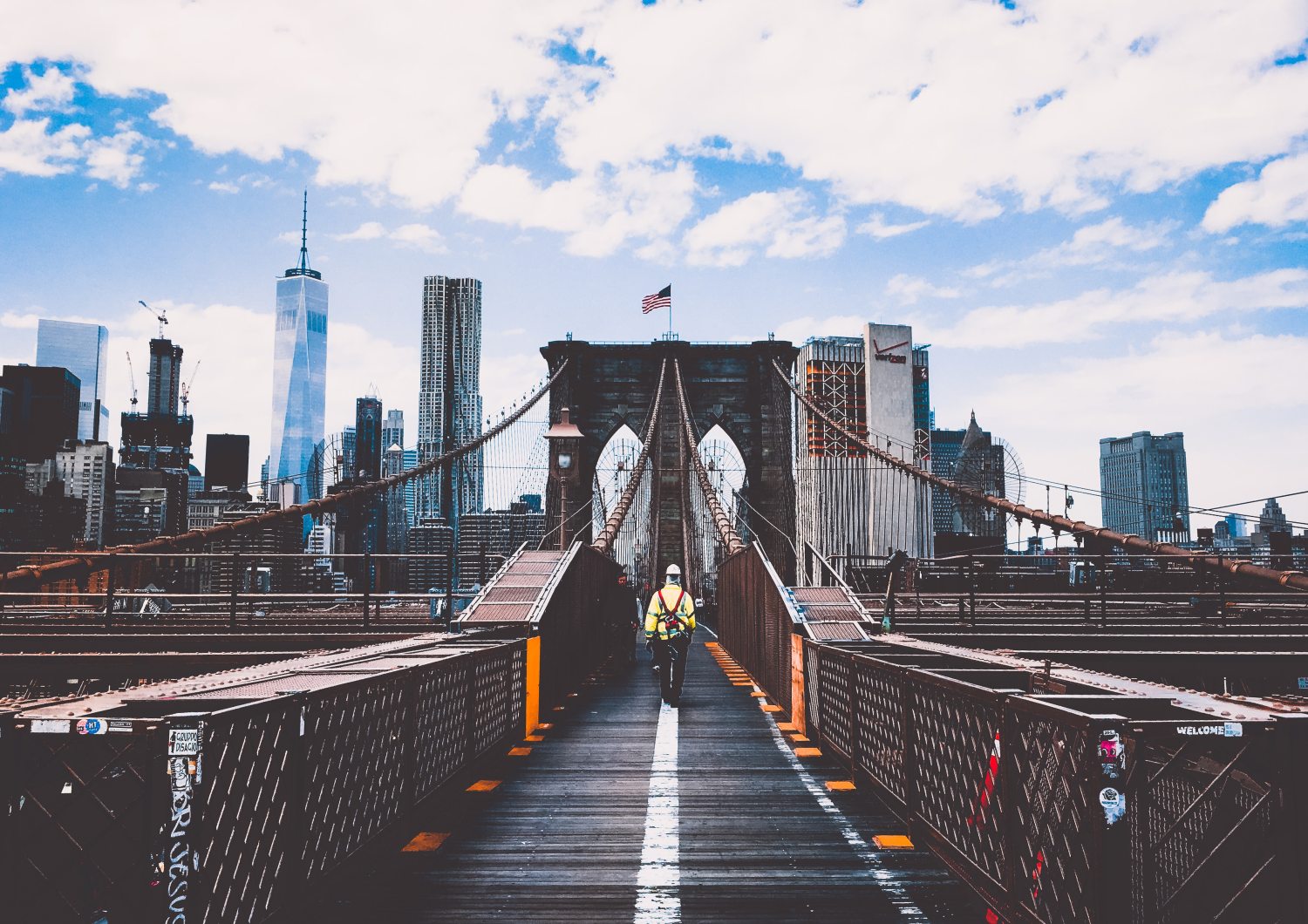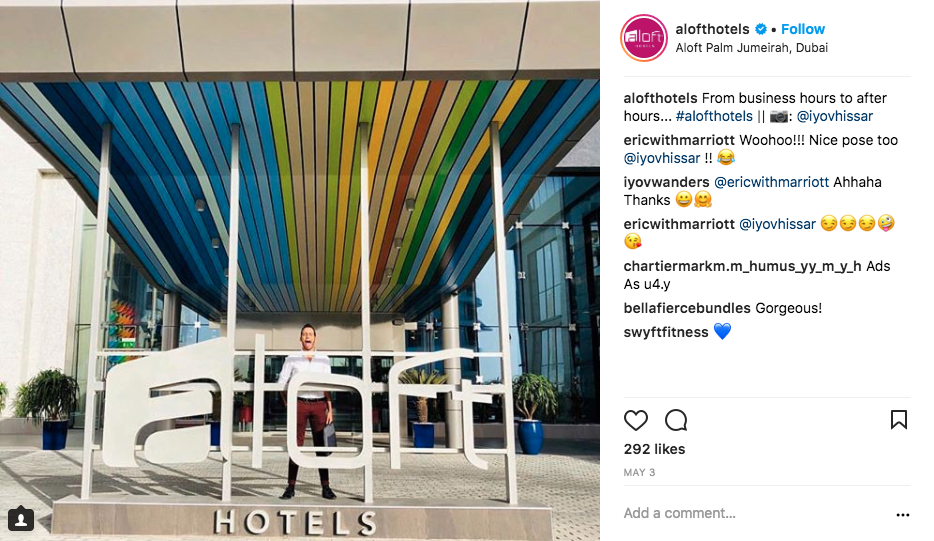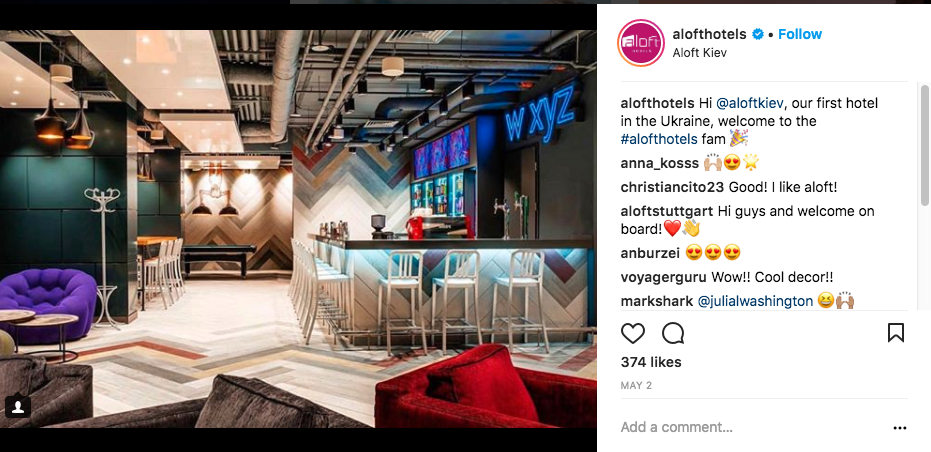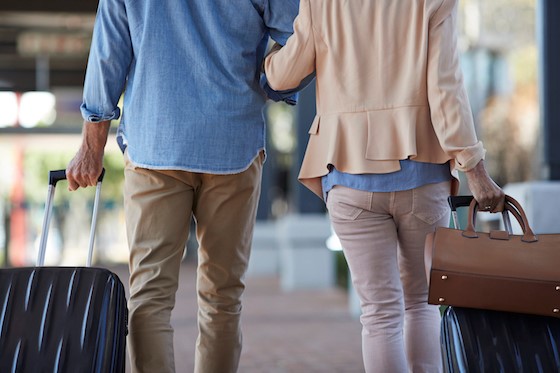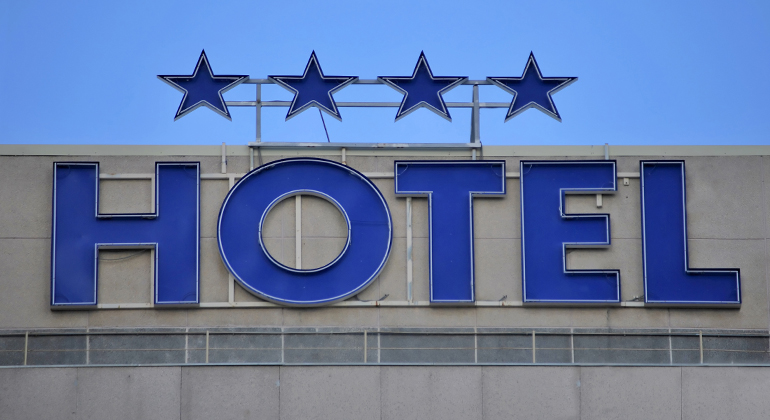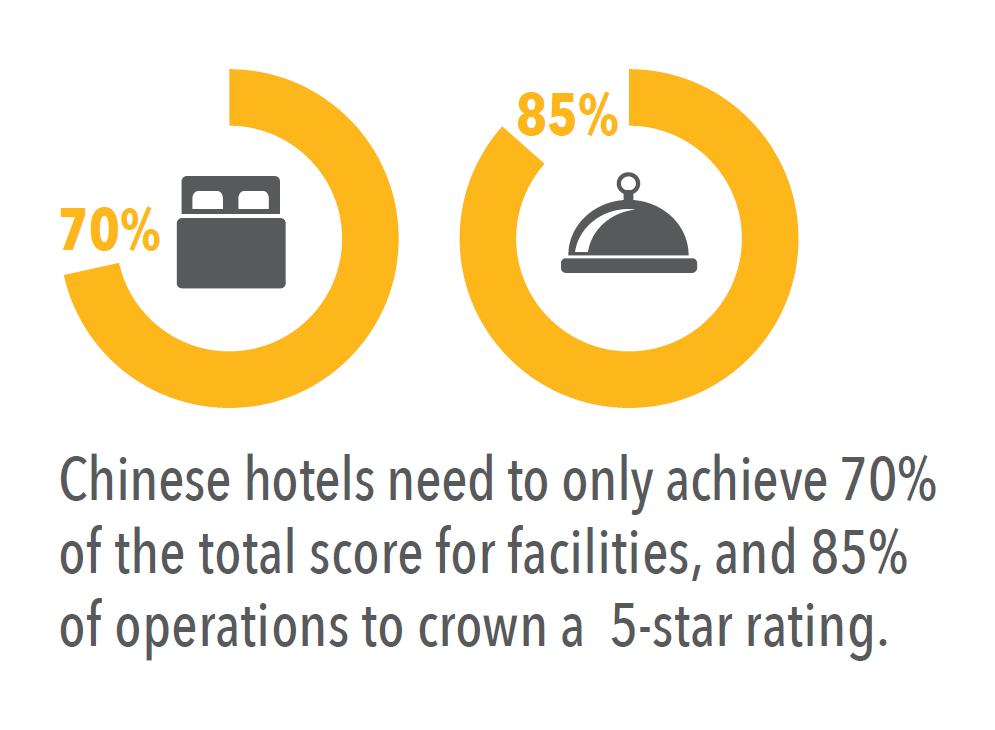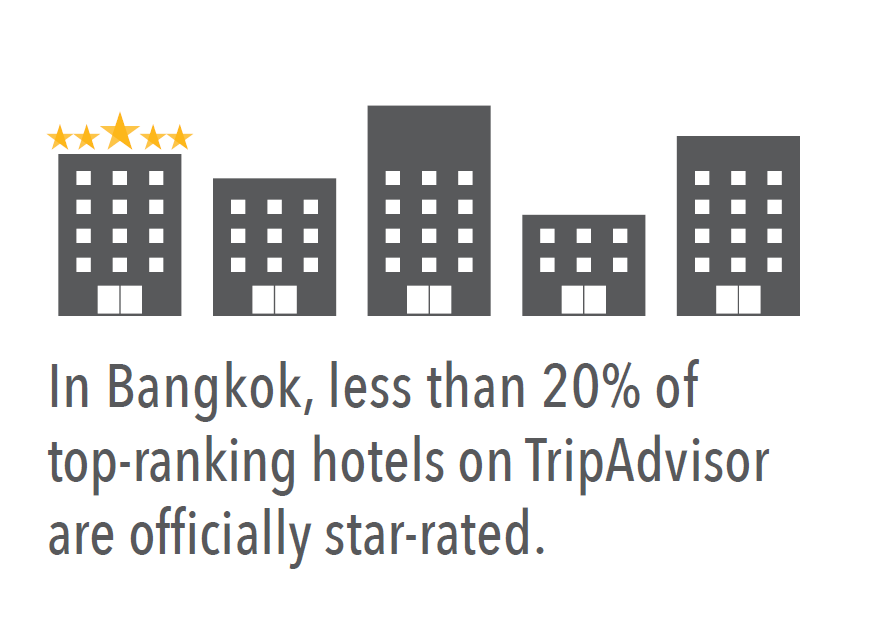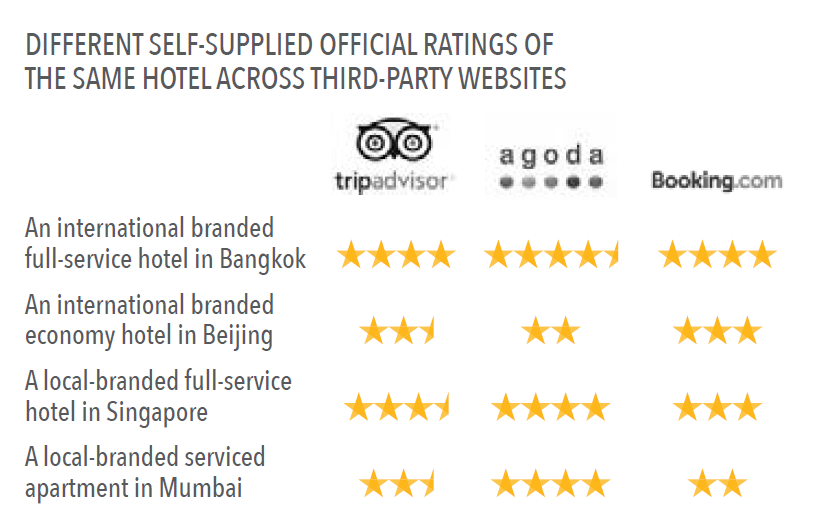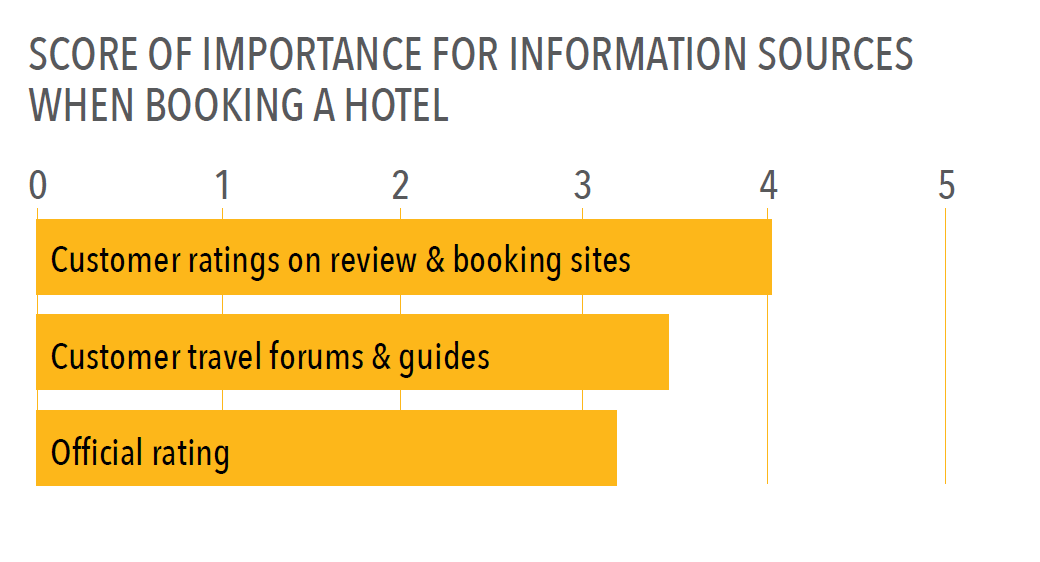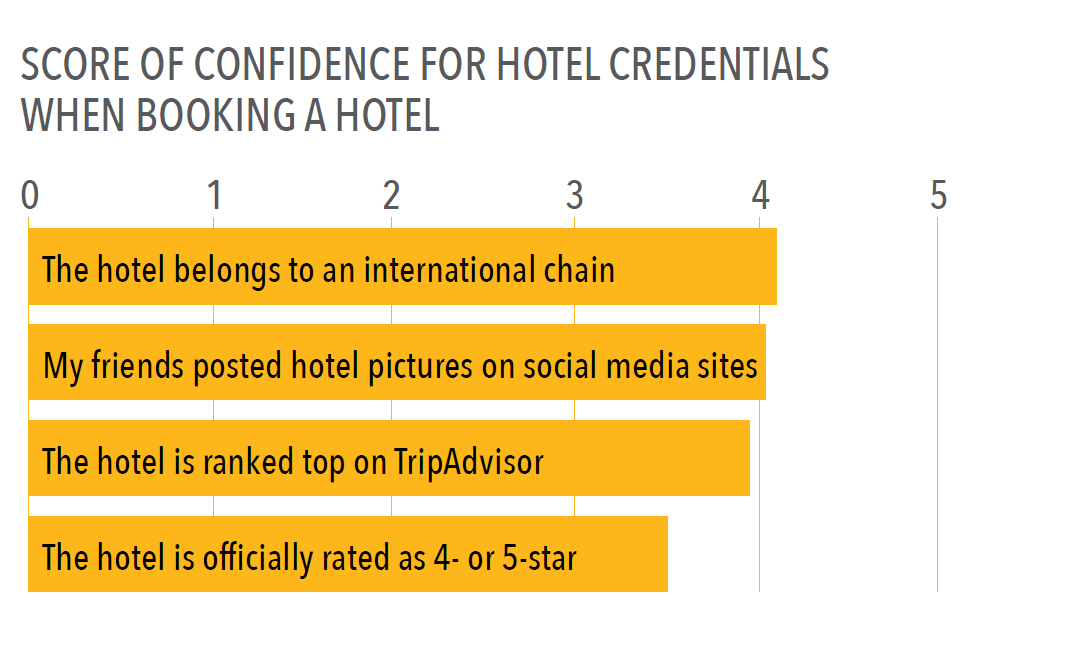There is a story written in the skyline of Colombo.
Composed in rising towers of concrete and steel, it tells the tale of Sri Lanka’s fledgeling hotel industry – one marked by rapid transformation and lofty ambitions. The seaside capital, with its colourful blend of Colonial-era architecture and Buddhist temples, is in the midst of an unprecedented construction boom. Driving along Galle Road, it is impossible not to notice the dozens of cranes that bow over buildings, structures that will house international hotel brands looking to ride the country’s post-war resurgence.
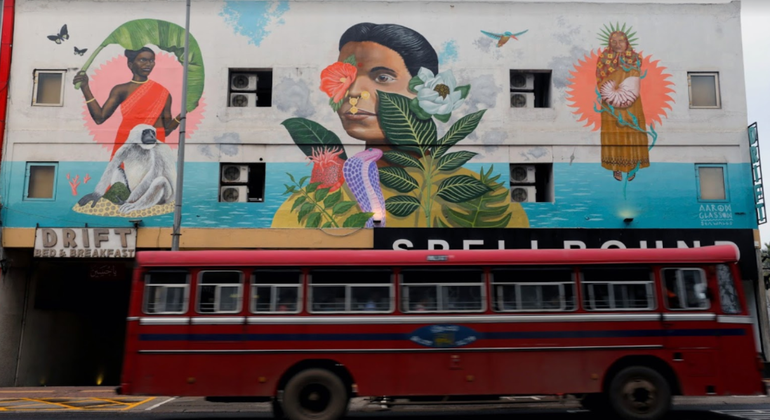
Within the next two years, an estimated 4,300 new rooms will come online across the country, the bulk of those in Colombo itself. For the most part, these will belong to established global giants like Hilton and Marriott. But behind the scenes, a home-grown revolution is brewing. Driven by ambitious local brands looking to shake off decades of dormancy, the national tourism landscape is set to be upended from within.
Sri Lanka has all the hallmarks of a success story in the making. After being largely isolated from the world during its three-decade civil war, the country is on its way to becoming one of Asia’s most sought-after destinations. Four Sri Lankan properties even beat out 675 global competitors to make the Condé Nast Traveler 2017 Hot List.
In the eight years since the war ended, Sri Lanka has recorded promising year-on-year growth in inbound visitors, with 2012 breaking the US$1 billion mark in tourist revenue – a figure that has more than tripled in the time since according to Sri Lanka Tourism Development Authority data.
“Everyone’s focusing on tourism right now,” says Emanuel Abeyewardene, director at Closenberg (Pvt) Ltd. “It’s one of the main industries the government is promoting, so there are a lot of places opening, most in the high-end and mid-range sector.”
Fuelled by this support, the total contribution of tourism and travel to GDP is expected to reach 13.5% in 2027 (up from 11.4% last year), as international tourist arrivals are tipped to total 4,968,000. Tourist arrivals have already more than doubled since 2012 when the figure first passed the one million mark.
And those visitors are spending more and staying longer, too – receipts per tourist have risen 63% in that same period, while nearly 41% of tourists now stay 8 to 14 nights in the country. With these figures, it’s hardly surprising that big brands are rushing to put down roots.
WILD EXPANSION
The list of hotels set to open their doors in the coming years is a long one, and their locations diverse. No longer confined to the traditional tourist areas of Colombo and the southwest, they are looking to pioneer the beaches and jungles of the east and north. Marriott International already has four properties in development under its Sheraton, Marriott and Ritz-Carlton brands. The 24-storey Mövenpick Hotel Colombo opened its doors in January, while Hilton plans to launch six new properties across the country by 2021.
To accommodate the growing influx of foreign travellers, Terminal 1 at Bandaranaike International Airport is likely to be expanded by 2019, increasing its capacity to 15 million passengers annually, well over double the current six million. While it all spells success for the Sri Lankan economy, there are disconcerted murmurings over the country’s focus on the luxury segment.
More than 3,600 of the 4,300 hotel rooms in the country’s pipeline are categorised as luxury or upscale, with the mid-range and budget segments underserved. This is despite numbers indicating there are more budget and mid-scale travellers arriving. For local hotel and travel brands with agility and vision, this gap poses a ripe opportunity to innovate.
RISE OF THE DISRUPTORS
“I’m basically chasing the market that’s already coming through,” says Ravi Bandaranaike, owner of two Colombo bed-and-breakfasts. “It’s a missed opportunity [for others] in a sense.”
Three years ago, when Ravi opened his first guesthouse, the mural-covered surfer-style Drift BnB, it was the first of its kind. Now, he estimates that up to 40 new copycat establishments have opened in Colombo alone. His customers make up part of that burgeoning underserved budget to midscale demographic – backpackers who are broke after travelling for six months and travellers who would rather spend less on accommodation and more on experiences.
At the other end of the spectrum, Emanuel’s Closenberg Hotel demonstrates you don’t have to be a cool B&B to innovate. An 1860 British mansion built on an even older Dutch fortalice in Galle Harbour, the hotel could comfortably rest on its heritage laurels, but Emanuel and his team want to take ‘brand Closenberg’ in a more modern direction, while still playing up its colonial charm.
The most obvious manifestation of this is Luna Terrace – an outdoor event space with an electric blue bar overlooking the hotel’s lavish 180-degree infinity pool. A “platform for cutting-edge art, music and culture”, it plays host to local and international DJs, pool parties, gallery events, book readings and studio sessions. The aim is to eventually set up a professional music studio here.
The Galle Face Hotel Group has also given some of its existing properties a more modern edge by rolling out the Ekho brand. Shifting the focus to experiential travel, the new Ekho identity leverages local culture to offer an immersive Sri Lankan stay. Less a complete overhaul than an infusion of fresh ideas, the changes put the emphasis on delivering an authentic local experience. Then there are several new brands in the pipeline set to shake up perceptions of what a Sri Lankan hotel and travel experience should look like.
Malinga Arsakularatne, Managing Director at Hemas Leisure Travel Aviation Group, says the industry cannot afford to stay idle. He says the past few years of growth have set a solid foundation for the industry. But as competition grows, the onus is on local brands to venture into new territory to broaden and enhance then Sri Lankan hotel experience.
“Sri Lanka is in huge demand as a destination, which presents many growth opportunities. But it is also attracting new players to the marketplace,” he says. “The only way forward for us is to bring in fresh blood and fresh thinking. We need to change the perception of what Sri Lankan tourism is all about. And it’s up to local players like us to lead that change, and redefine the landscape of Sri Lanka tourism.”
NATURAL PROGRESSION
The key to Sri Lanka’s long-term success rides on the protection of its assets. Development is already creeping along the coastline, with the government courting big overseas investors for golf courses and luxury chains, and smaller foreign operators descending upon the tiny surf towns. Local innovators must work together to steer development in a sustainable direction.
Thanks to a war that inadvertently protected the country’s natural reserves by preventing industrialisation, Sri Lanka’s jungles and beaches are still intact. So while eco-travel has proven a marketable trend around the globe, in Sri Lanka the movement is crucially important.
It is essential, as Ravi says, to “grow things positively”. Innovators should look to countries with an environmentalist approach to tourism, such as Bhutan or Costa Rica. For Emanuel, it’s important that Sri Lankans continue to offer Sri Lanka to visitors.
“We’ve got so much amazing flora and fauna. We should open up and really, truly focus on what we have in our backyard.”
Follow QUO
on Instagram
